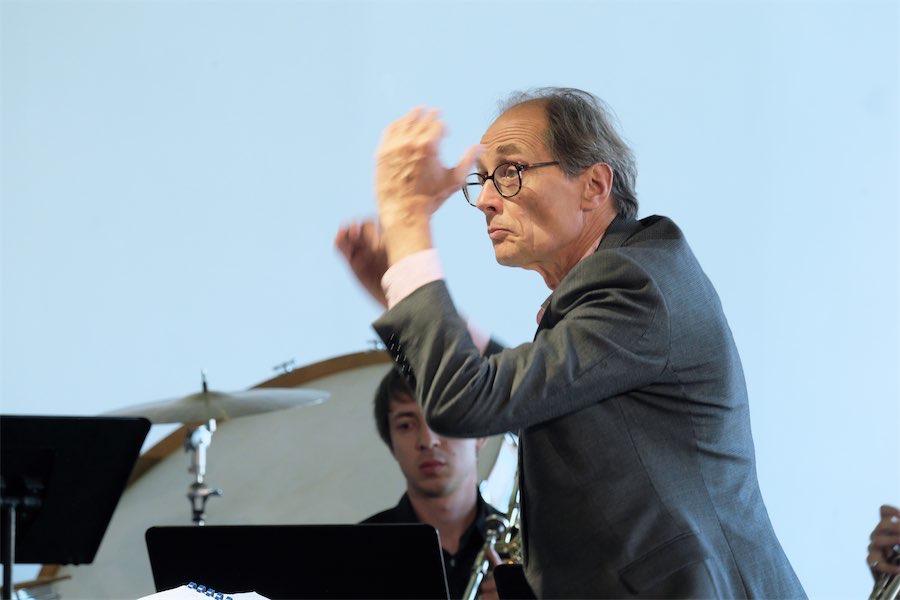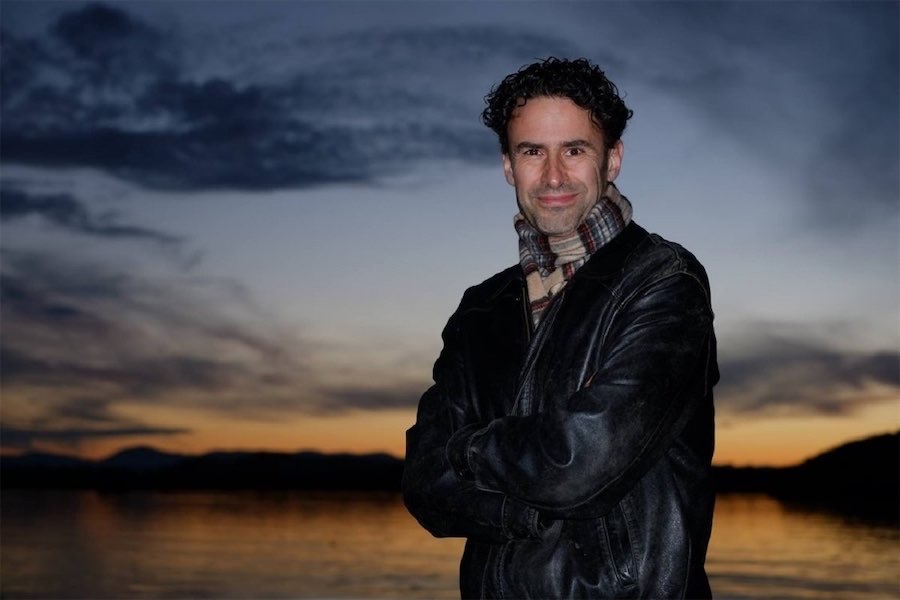
FOR anyone who hasn’t heard of Orava Quartet, I urge you to pick up a copy of their debut recording with Deutsche Grammophon Australia. This young ensemble is rapidly becoming one of the most exciting voices in the art music world.
Last night’s performance of chamber music by Haydn, Rachmaninoff, Debussy and the rarely heard Erwin Schulhoff, was masterful, imaginative and electric.
Beginning with Haydn’s String Quartet in E flat major, Op. 33 No. 2, “The Joke” (1782) Orava Quartet revealed an extraordinarily co-ordinated and unified sense of phrase.
In the Largo e sostenuto third movement particularly, the experience was of hearing a single instrument, an orchestrion or piano, rather than four individual musicians. Violinists Daniel Kowalik and David Dalseno performed the faster movements with weightless bows, producing bird-like portamenti while maintaining a soprano’s breadth of line. Cellist Karol Kowalik and violist Thomas Chawner, brought undulating textures, formal clarity and cedar tones – a hint of gravitas in an otherwise lighthearted work. The finale, which explains the nickname “The Joke”, features the disintegration of the main theme into several false endings. Apparently Haydn was trying to win a bet that ladies in the audience would begin talking before the music ended – but the old man would’ve laughed last night to see both genders struggling not to applaud prematurely.
This ensemble’s command of tone colour was brought to the fore in their performance of Rachmaninoff’s String Quartet No. 1, Romance and Scherzo, from 1889. Subtly shaped phrases were brought to life through subtle shifts in tempo – rubato, accellerandi and pauses – and through a shimmering kaleidoscope of tonal colour. This breadth of tonal range would later recur in an encore performance of the 3rd movement of little known Schulhoff’s 4th String Quartet. Moving through sul tasto, ponticelli, col legno, jeté and pizzicato, Orava underscored the ethnic dance quality of Schulhoff’s quartet.
However, the highlight of the evening for this reviewer was Orava’s breathtaking performance of Debussy’s 1893 first and only String Quartet, in (expanded) G minor.
This seminal work is widely considered a turning point in western music, a permanent departure from the formality of the classical chamber music world. “Any sounds in any combination and in any succession,” Debussy wrote “are henceforth free to be used in a musical continuity.”
Years later, Pierre Boulez, that monolith of French modernity, would agree, remarking that Debussy’s Quartet had freed chamber music from “rigid structure, frozen rhetoric and rigid aesthetics.”
From the opening Animé et très décidé, Orava enchanted us with an ever-poetic unfolding of impressionistic language. As phrases broadened their syntax out into octatonicism, parallelism and open fifths, Orava likewise broadened its collective tonal colours, often sounding more like an orchestra than a Quartet.
Overlapping and meandering sotto voce passages evoked the mystery of French paintings, night gardens or rain-soaked streets in some Parisian corner. Climaxes were rapidly built from ostinati and layered dissonances, rising up from the texture like waves, only to vanish again. Tutti pizzicato sections in the second movement, Assez vif et bien rythmé, created the illusion of a single harpist. Viola and cello brought melancholy to the following Andantino, doucement expressif, with deeply felt melodic lines and velvet tone colours.
Orava’s performance of Debussy’s final movement, aptly titled “Très modéré–En animant peu à peu–Très mouvementé et avec passion”, was a tour de force.
Second violin and viola produced colours of aged whisky and wood, across an ever-shifting landscape of tremolando and tonal expansion. First violin and cello brought bells, birds, the clouds shift and sunlight falls in rays to the ground. Phrases build to storm fronts and then vanish, ending on a single tutti pizzicato sonority. This quartet is an incredibly virtuosic and difficult work but Orava rendered it effortlessly. I will be watching this ensemble with great interest as they continue to rise.
Who can be trusted?
In a world of spin and confusion, there’s never been a more important time to support independent journalism in Canberra.
If you trust our work online and want to enforce the power of independent voices, I invite you to make a small contribution.
Every dollar of support is invested back into our journalism to help keep citynews.com.au strong and free.
Thank you,
Ian Meikle, editor




Leave a Reply